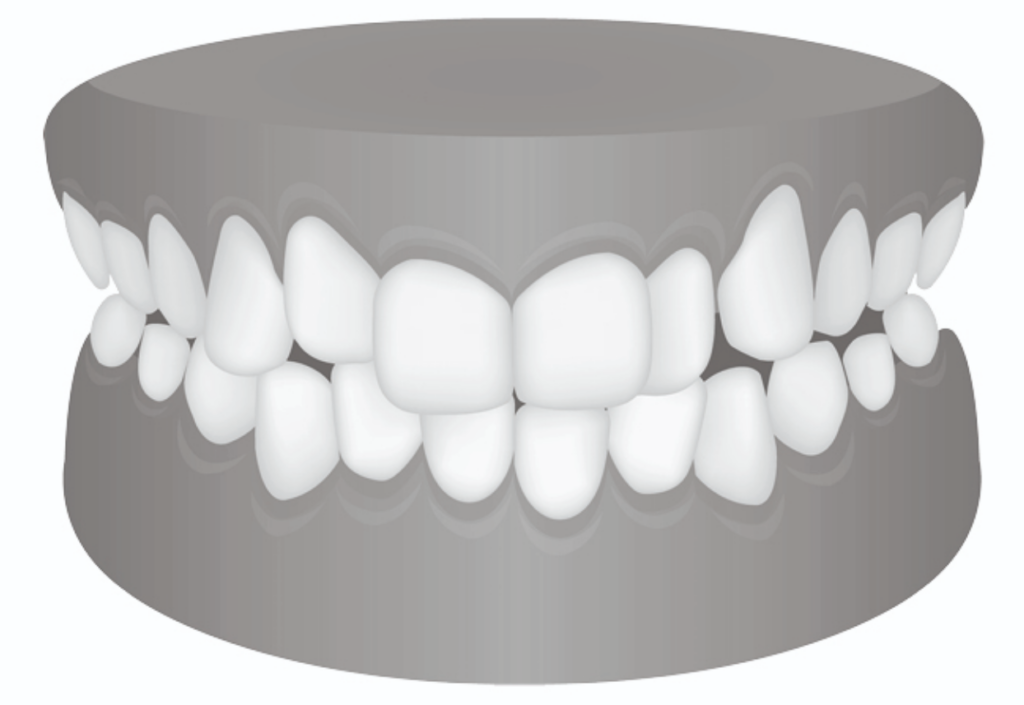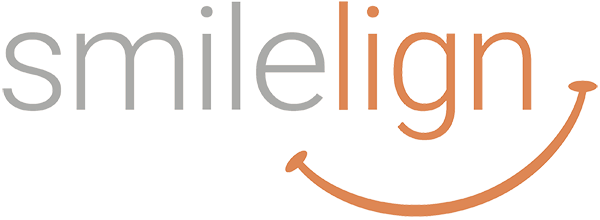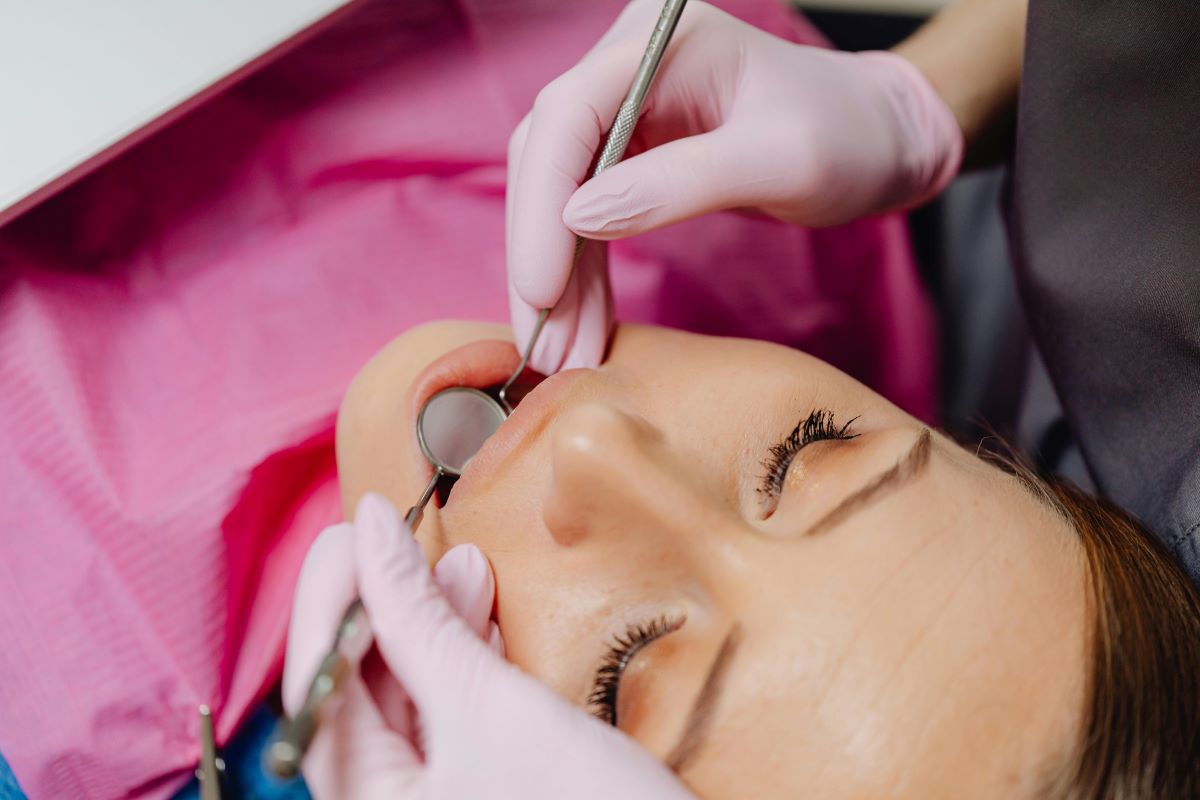When it comes to orthodontic care, you may have heard terms like “overjet” and “overbite”. But what do they actually mean, and how do they differ?
Both overjet and overbite refer to misalignments of the teeth and bite, but they describe different issues.
Understanding the difference between the two can help you better grasp your dental health and discuss potential treatment options with your dentist.
Let’s break down what overjet and overbite are, how they differ, and why it’s important to address them for a healthier smile.
What is an overjet?

Overjet refers to the horizontal distance between your upper and lower front teeth.
In a normal bite, the upper teeth should slightly overlap the lower teeth, but if the upper teeth protrude too far forward, this is considered an overjet.
Essentially, it’s how far your upper teeth stick out from your lower teeth when you close your mouth.
An excessive overjet can cause several issues, including:
- Difficulty biting or chewing food properly.
- Increased risk of damage to the front teeth, especially in the case of accidents or falls.
- Aesthetic concerns, as protruding teeth may make some individuals self-conscious about their appearance.
What causes an overjet?
Overjet is often caused by factors like thumb sucking, genetic traits, or habits such as tongue thrusting. Luckily, overjet can be treated effectively with orthodontic solutions like braces or clear aligners, such as Smilelign, which work to bring the upper teeth back into alignment.
What is an overbite?

Overbite, on the other hand, refers to the vertical overlap between the upper and lower front teeth when you bite down.
In a normal bite, the upper teeth should overlap the lower teeth by about 1 to 2 millimetres. When the upper teeth significantly overlap the lower teeth, it’s referred to as an overbite.
Overbites can be classified into two types:
Dental overbite: This occurs when the upper teeth overlap the lower teeth vertically.
Skeletal overbite: This happens when the upper jaw is positioned too far forward compared to the lower jaw, causing a more pronounced overbite.
A large overbite can cause:
- Difficulty chewing or biting food.
- Wear and tear on the teeth, especially the lower front teeth.
- Strain on the jaw, leading to discomfort or even temporomandibular joint (TMJ) issues.
- Speech difficulties in some cases.
What causes an overbite?
Overbite can be caused by genetic factors, poor oral habits, or a misalignment of the jaw.
Treatment often involves orthodontic intervention, including braces or clear aligners like Smilelign, to move the teeth into a more functional position.
Overjet vs overbite: Key differences
While both overjet and overbite refer to issues with the alignment of your teeth, the key difference is in the direction of the misalignment:
- Overjet is the horizontal distance between your upper and lower teeth when your mouth is closed. It’s about how far the upper teeth protrude over the lower teeth.
- Overbite is the vertical overlap between the upper and lower teeth when biting down. It’s about how much the upper teeth cover the lower teeth.
Why is it important to address overjet and overbite?
Both overjet and overbite can affect your bite and overall oral health. Left untreated, they can cause discomfort, difficulty eating, and even long-term dental problems.
Additionally, they may affect the aesthetics of your smile, which can have an impact on your confidence.
Treatment options like braces or clear aligners (such as Smilelign) can help correct both overjet and overbite.
By addressing these misalignments, you can improve the functionality and appearance of your smile, while reducing the risk of future dental issues.
How Smilelign can help
Smilelign Clear Aligners are an excellent solution for treating both overjet and overbite.
These custom-made aligners use precise, targeted pressure to gradually shift your teeth into proper alignment.
Smilelign aligners are discreet, comfortable, and easy to wear, providing you with an effective treatment that fits seamlessly into your lifestyle.
Here’s what makes Smilelign stand out from other aligner brands:
- More movement per aligner: Smilelign aligners move teeth 0.3mm per stage, requiring fewer aligners to complete your treatment and reducing overall treatment time.
- Premium material: Smilelign aligners are 0.8mm thick, three times stronger than standard aligner material, ensuring comfort and better results.
- Luxury packaging: Your first set of aligners comes in a beautiful gift box with extra touches like cleaning spray, a pocket mirror, and lip balm.
Ready to correct your overjet or overbite?
If you’re struggling with overjet or overbite and want to achieve a straighter, healthier smile, Smilelign offers a clear path to correcting misalignments without the hassle of traditional braces.
Don’t wait to get the smile you’ve always wanted. Find your nearest Smilelign provider today and start your journey towards a healthier, more confident smile!




